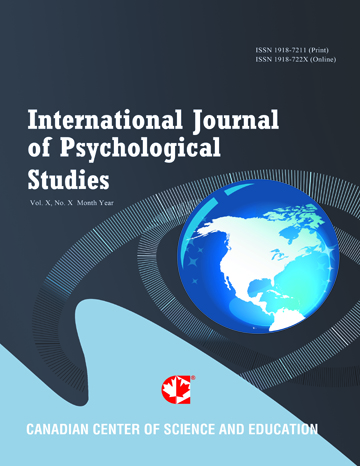The Effectiveness of an Engaging Program to Reduce Saudi Female University EFL Students’ Foreign Language Anxiety and to Enhance Their Motivation to Learn English at Taif University
- Nasrah M. Ismail
Abstract
Teaching a language is a complex but interesting process. It involves teacher, learner, curriculum, and learning environment. Also this process is affected by certain social, cultural and psychological factors. This study is aimed at investigating the effectiveness of a proposed program for developing EFL learners’ engagement in learning English. The sample of this study consisted of 103 females (M = 19.260, SD = 0.876 years), it was divided into two groups; the experimental group consisted of 53 girls and the control group consisted of 50 girls. Students’ engagement was measured by the Handelsaman, Briggs, Sullivan, and Towler (2005) questionnaire, while their foreign language anxiety was measured by the Horwitz, Horwitz and Cope (1986) questionnaire. Students’ motivation was measured by Gardner’s (1985) Attitude and Motivation Test Battery (AMTB). The research applied continued for three months which included the proposed program. The data proved that there were statistically significant differences between the experimental group and the control group on the post-test of the engagement questionnaire, the foreign language anxiety scale as well as the students’ motivation dimensions, showing a significant increase in students’ engagement and motivation in favor of the experimental group. The findings also indicated that there were statistically significant differences between the pre-test and post-test results for the experimental group on the students’ engagement and motivation. This shows that the experimental group had an increase in skills after having participated in the program as seen on the post-test. In light of these results, the study provides a number of procedural recommendations that may contribute to raising the degree of the importance of students’ engagement and motivation training for the students with foreign language anxiety. The paper concludes that more training should be given in using all engagement activities by embedding them in regular classroom activities. Suggestions are offered for future research.
- Full Text:
 PDF
PDF
- DOI:10.5539/ijps.v8n1p92
Journal Metrics
1. Citations (March 2025): 10975
3. i10-index (March 2025): 233
For details about the Journal Metrics, please visit the Google Scholar website.
Index
- AcademicKeys
- CNKI Scholar
- Elektronische Zeitschriftenbibliothek (EZB)
- Excellence in Research for Australia (ERA)
- GETIT@YALE (Yale University Library)
- Harvard Library E-Journals
- JournalSeek
- JournalTOCs
- LOCKSS
- MIAR
- Open Access Journals Search Engine(OAJSE)
- Open J-Gate
- PKP Open Archives Harvester
- SHERPA/RoMEO
- Standard Periodical Directory
- The Keepers Registry
- UCR Library
- Ulrich's
- Universe Digital Library
- WorldCat
Contact
- Barbara SunEditorial Assistant
- ijps@ccsenet.org
